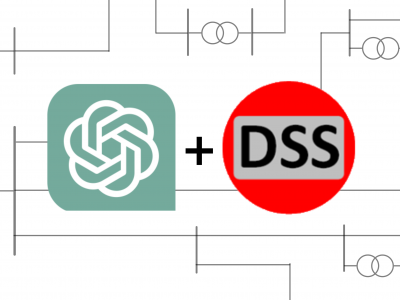large language models

The rise in Generative Artificial Intelligence technology through applications like ChatGPT has increased awareness about the presence of biases within machine learning models themselves. The data that Large Language Models (LLMs) are trained upon contain inherent biases as they reflect societal biases and stereotypes. This can lead to the further propagation of biases. In this paper, I establish a baseline measurement of the gender and racial bias within the domains of crime and employment across major LLMs using “ground truth” data published by the U.S.
- Categories:
 441 Views
441 Views
This Named Entities dataset is implemented by employing the widely used Large Language Model (LLM), BERT, on the CORD-19 biomedical literature corpus. By fine-tuning the pre-trained BERT on the CORD-NER dataset, the model gains the ability to comprehend the context and semantics of biomedical named entities. The refined model is then utilized on the CORD-19 to extract more contextually relevant and updated named entities. However, fine-tuning large datasets with LLMs poses a challenge. To counter this, two distinct sampling methodologies are utilized.
- Categories:
 355 Views
355 Views